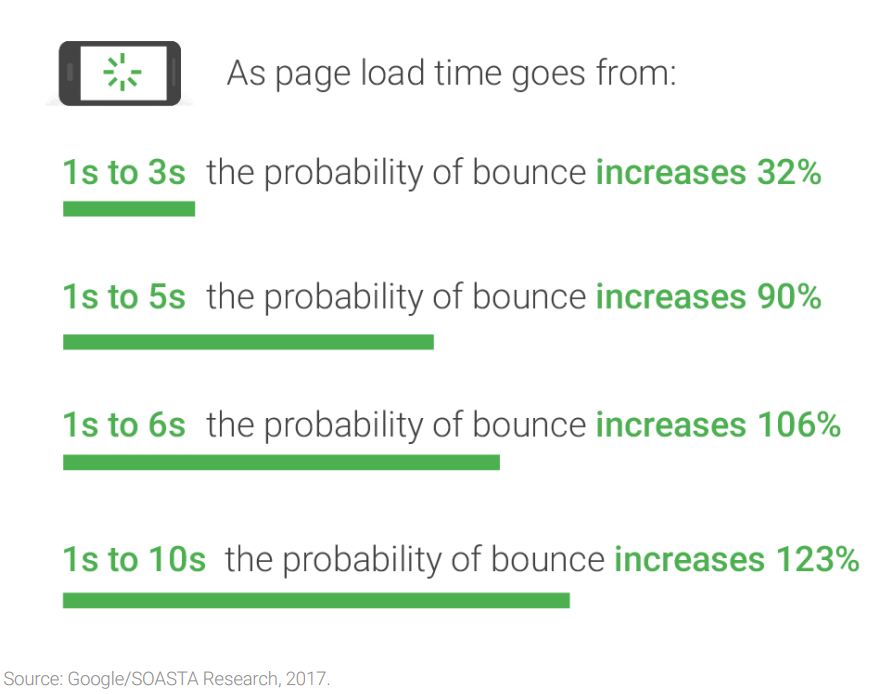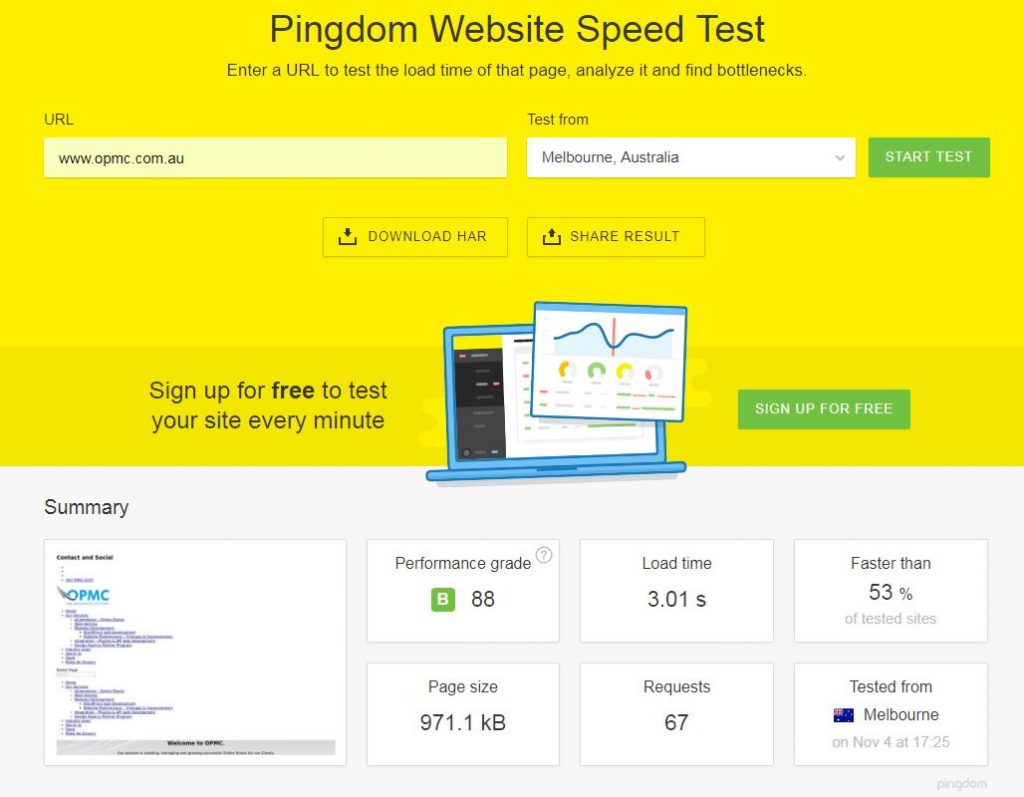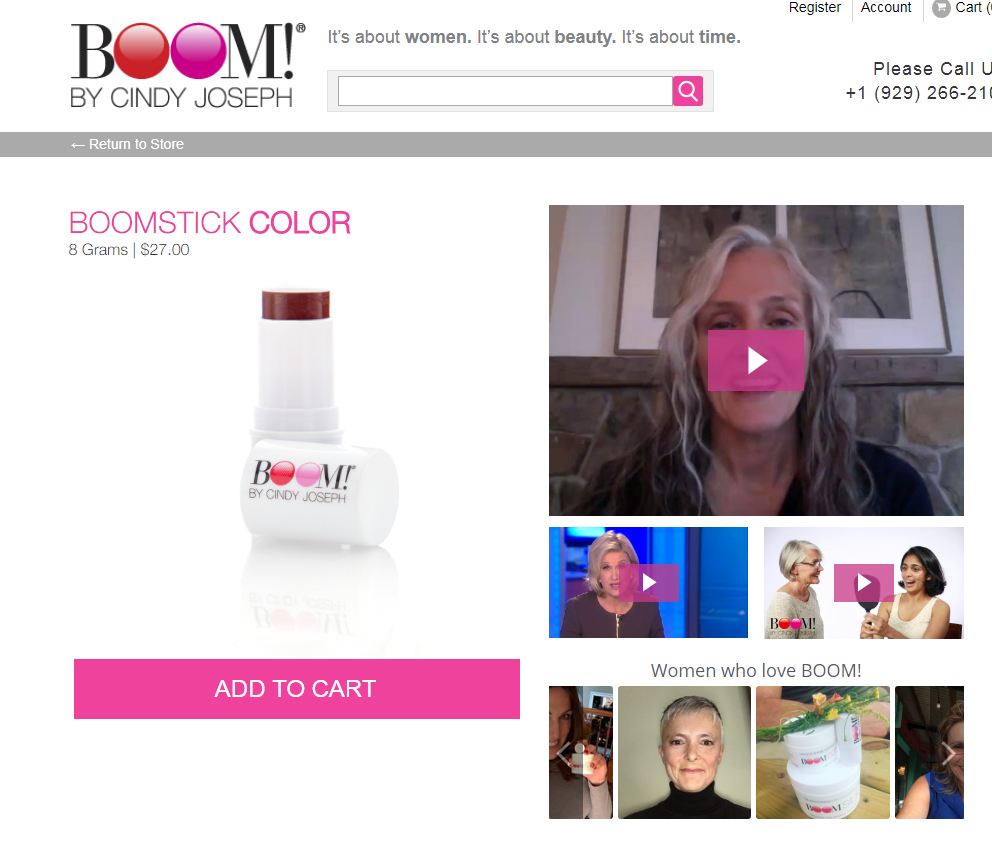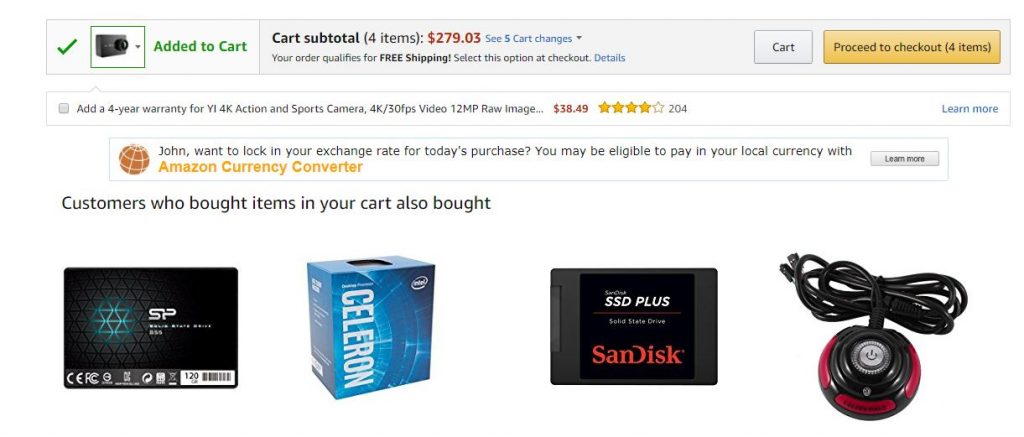Optimising your product pages can result in compounding profits and can mean the difference between a sale and lost opportunity.
As a testament to this, Apple spent over $2 billion developing their retail stores, designing it to be perfectly aligned with their marketing and branding.
Luckily for online stores, it doesn’t have to cost this much but you can still gain the benefits of increased sales by optimising your product pages.
This is especially important if you are doing paid advertising. Even if you are getting traffic, if your product descriptions aren’t providing users the information they need, it may end up in wasted ad spend.
In light of this, we’ve prepared 5 factors that we believe you should consider when designing and optimising your product pages.
We recommend you use this post as a checklist – tick off the factors you have already optimised and consider the ones you haven’t.
1. Page load speed – you could be losing visitors to slow loading speeds
The first factor to consider is whether your product pages are loading within 3 seconds.
Research from Google shows that bounce rate dramatically increases if your page takes longer than 3 seconds to load.
No matter how good your images or product descriptions are, you won’t make any sales if your users are bouncing off your page before it even loads.
This is why we recommend that you first ensure that your page load speeds are under 3 seconds before optimising any other factors.
To check load speeds, go to Pingdom, select Australia as your testing server and start the test.
If you’ve run the test and found that your website is loading slowly, check out our post here about speeding up your website.
Make sure to also test the mobile version of your website on 3G / 4G networks.
2. Images and videos
Once you’ve determined that your website is loading quickly, the next factor to consider is the media on your product pages – namely images and videos.
For product images, make sure that you are using:
- High Resolution Images – design your product page so that the initial load of the page shows a smaller image (to improve load speed), and allow the user to click for a larger, high quality image.
- Multiple Angles – Images should show your product from multiple angles
- Demos – If possible, your images should show your product being used by regular people (and portray the benefits of using your product).
- Professional Shoots – If your budget allows, have several product photos taken by professionals under good lighting
For Videos:
Many eCommerce stores neglect product videos, but these are one of the best additions to your product page for conversions.
Imagine yourself in the customer’s shoes – they can’t see or touch the product, yet they have to make a purchasing decision. It makes sense to give as much information as possible.
Here’s some factors to consider for your videos:
- High Quality – Ensure your videos are at least 720p in quality.
- DIY – If your videos are homemade, make sure the footage is not shaky and taken in landscape under good lighting.
- Demo And Angles – Shoot several angles of the product and show a demo of it being used.
- Reviews – If possible, include video reviews from customers.
- USP – Give reasons why your customers should choose your product over others (and demonstrate it if possible).
- Call To Action – Don’t forget to include a call to action at the end of the video (e.g. sign up for a free trial / sample pack etc.)
If people have made good video reviews of your product and uploaded them on Youtube or Vimeo, it’s a good idea to include these on your product pages.
Boom by Cindy Joseph does a great job at designing product pages that emphasise video content as well as video reviews from their customers.
3. Product descriptions
The text description is also extremely important factor in successfully making the sale.
If you don’t provide enough information to the customer, it’s likely they will Google for it. If this happens, it’s possible that they will end up on a competitors website and purchase through them instead.
To avoid this, make sure to provide plenty of specifications such as dimensions, weight, size and so forth. Longer product descriptions are better than short ones, as long as it remains informative.
Also convey why your product is better than your competitors (your Unique Selling Proposition) and emphasise the benefits.
It’s important to distinguish between product features and benefits.
- Product features – these are the functions of your product. E.g. 50 inch TV (the 50 Inches is the product feature)
- Product benefits – this is the positive experience the customer will get if they purchase the product. E.g. having a 50″ TV means they can view their favourite movies with more immersion and realism (which increases their enjoyment of the movie).
People tend to care less for features (unless they are die-hard enthusiasts) and more for benefits.
We also want to highlight that product pages no longer have to “fit” into one page.
Some older eCommerce Website designs focused on one-page product pages because they believed that people would not scroll down for more information. However with the popularity of tablets and smartphones, this is no longer the case.
This means you can write longer product page descriptions without having to worry about fitting it all into one page.
4. Trust and proof elements
Buying online naturally carries a higher risk for customers when compared to a physical retail store.
After all, they can’t touch the product and if they need to return it, there may be an additional shipping fee involved.
Because of this, it is critical that you provide plenty of trust and proof elements.
A trust element is anything that will reduce the risk and increase the trust a customer has in your eCommerce store (and therefore they are more comfortable with buying online).
Here are some examples of trust elements you can add to your product pages:
- Returning customer – the strongest trust element you can have is from a customer who has already purchased from your store. Naturally getting these customers to purchase other products should be one of your top priorities.
- Money back guarantee – if you have a money back guarantee in place, don’t be afraid to let people know. If you are confident in your product, we recommend putting your money back guarantee message next to your “Add To Cart” button. It will increase sales (because there’s less risk for the customer) proportionally larger than increasing refunds, as long as you have a great product.
- Trusted Certifications / Awards – if your company is certified by a reputable authority or has won awards, it’s good to display these badges on your product pages.
- Customer reviews – Unbiased reviews are great for increasing the trust in your potential customers.
On the other hand, a proof element is something that backs up your claims or statements you make about your product.
For example, if you claim to have the “best dish-washing liquid” in the world, you’ll need to prove why this is so.
This could come in the form of a scientific research paper or it can be in the form of a demo, comparing your product to other dish-washing liquids. The less complicated, the better (so in this case, the demo would be better than the research paper in most cases).
Another proof element can be from endorsements from reputable people or organisations. If your company or product has been featured on the news, this is also a good proof element.
We recommend including as many trust and proof elements to your product page to reduce the risk of buying for the customer, which will then result in increased sales.
5. Reviews and ratings
We also recommend asking for reviews and ratings from people who purchase your product. This can usually be automated via email with most CRM systems.
Having star ratings, video reviews and text reviews are all great for helping people decide on whether they should try your product or not.
You can give incentives to encourage people to make reviews by giving them discount coupons in return for the review.
Many eCommerce stores neglect this aspect, but it is an extremely important factor when making online sales (see the emphasis Amazon puts on showing product reviews from users).
*Bonus Tip* Make sure to have related products, upsells and cross-sells
Before we finish off this list, we just wanted to add a quick point about including related products, upsells and cross-sells on your product pages.
One of the best ways to increase your store’s sales is to increase the average order value per customer. We achieve this through upsells, downsells and cross-sells.
For example, Amazon does a great job of giving additional product recommendations:
Try searching for similar products on Amazon and see what they recommend. You can use these to spark your own ideas on what to upsell or cross-sell with your products.
In Conclusion
We hope you found this list useful in helping you optimise your product pages for more sales.
If you need any assistance with optimising your eCommerce Store, please don’t hesitate to get in touch with us.





